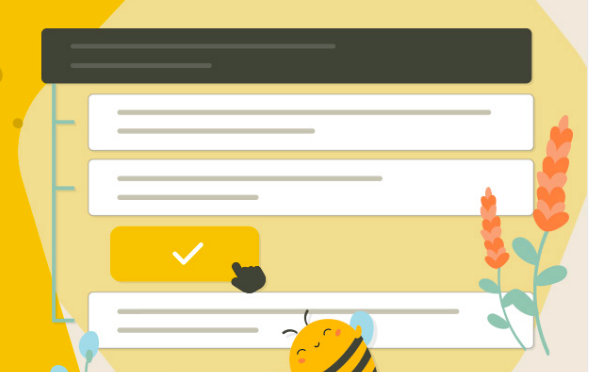EXPLORE TREE TESTING
Learn all about tree testing methodology. What, how, and why to use it to evaluate and improve user experience on your website, apps, and other digital products.


Tree testing is an UX research method that gives you insights how easy it is for users to find information on your website*. It shows you whether the structure of your website corresponds with what users would imagine it to be.
In treetesting you give testers descriptive tasks and they have to pick a destination in which they would look for the answer.
Tree testing is a method that tells you how easily users can find information on your website (or application, or any other product where information architecture is present). If users get lost, it tells you exactly where that is. It is a popular method for testing the effectiveness and intuitiveness of information architecture. Let’s talk about the main benefits.
The test itself is very fast and takes only couple of minutes, depending on the number of tasks. The whole study can take less than one business day.
Sessions can be done remotely and asynchronously, what saves overhead costs. The online tools do offer free plans as well.
The time spent and data received ration is very much profitable. You get various datasets projected into graphs, charts and tables.
So you can find recruit your respondents anywhere online, you are not limited just to people living around you. And that adds a lot of relevancy.
Thanks to the remote aspect you can’t bias the testers and they work 100 % independently.

Tree testing method is very user-friendly. We will help you and guide you to set the first study in just a few steps.
Before you start, think about the objectives of testing and the KPIs. Then you can build a tree, create tasks and launch the study.
Share your tree testing study with the world. Just send testers a study link, recruit them through your own social media channels, or turn visitors directly from your site into testers through our recruiting widget. Time-consuming? You can order testers from a user panel.
How many testers found the correct answers? Results show whether the hierarchy and wording of your tree structure matches user expectations. See how testers move through your tree – including where they get stuck.